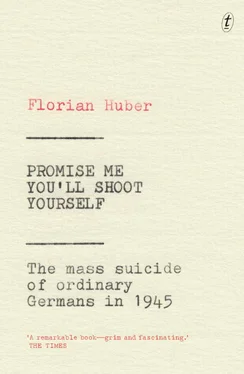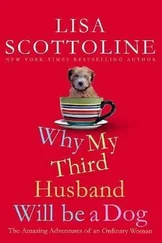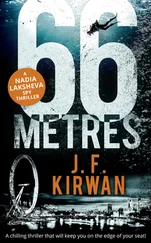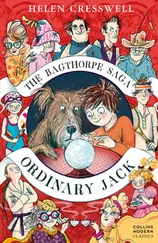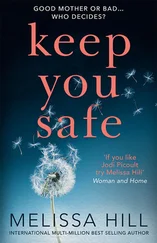With the smoke came hosts of raped women, some of them still heavily bleeding, staggering up Jarmener Chaussee in a trance, trailing a child—or two or three or sometimes four—by the hand. Sooner or later, they all turned off right, towards the Tollense. There was no stopping them. Mass psychosis. They went to their deaths in the water.
Of all the different ways of committing suicide, drowning was the most common in Demmin. Because the town was on a peninsula, at the intersection of three rivers, no one in Demmin was ever more than ten minutes’ walk from a waterway. The marshland and reed beds along the rivers began just behind the houses; muddy paths led through the waist-high reeds to the willows and birches at the water’s edge. The current was weak, sometimes barely noticeable, and the river was shallow. You had to be determined to drown in those waters. Some people carried rucksacks so full of stones that they could barely be tied shut, and the straps cut deep into their shoulders. Others bound themselves together. Children were pulled along by strings and ropes, knotted around their wrists. Small babies clung to their mothers as they waded into the water.
As well as the three rivers, there are dozens of canals, ditches, pools and reservoirs scattered about the countryside. These, too, were sought out by the suicidal. People drowned themselves in the straight, narrow canals alongside the Peene or by the commons—or in the canals by the sewage works and the gasworks and the public baths. On 2 May, a middle-aged woman was found lying in Swan Pond. By the afternoon, a mother with her three-year-old son had been discovered there too. In a number of cases, the survival instinct prevailed despite desperate attempts to die. This led to scenes such as those observed by Lotte-Lore Martens from her lookout point on the hill above the Tollense: ‘Some women could swim, though their children couldn’t, so the women ended up surviving. Can they ever have got over what happened, I wonder?’ On 1 May, a three-month-old boy died in a canal by the gasworks. It was his mother who reported his death to the authorities. Seven-year-old Dieter Zorr, who drowned in the Peene by the sewage works, was likewise survived by his mother.
Anyone with a rifle or pistol was better off. Like the teacher Gerhard Moldenhauer, Paul Behnke, another teacher, shot first his family and then himself. But only very few civilians had thought to prepare for the Soviet invasion by providing themselves with firearms. Some got hold of poison—prussic acid or Veronal. This was an obvious choice for the Österlins, who kept a chemist’s shop on Bergstrasse and died on 30 April, and for veterinary surgeon Dr Melzer and his wife. In some cases, however, the poison—depending on the dosage, and the individual’s constitution—proved insufficiently effective. This was particularly tragic in attempted family suicides where only the weakest—the children, that is—were killed by the poison, as in the case of the fifteen-year-old daughter of a ship-broker and his wife, or the four-year-old daughter of a pastor. An even more uncertain way to die, especially when it was done carelessly or in panic, was to slit one’s wrists. From the very first day, people came to Demmin Hospital with severed tendons and veins, their arteries still intact. They were left with withered hands and telltale scars on their wrists.
Many had no choice but to hang themselves. Single people did it alone; others went to their deaths together—married couples, elderly mothers with grown-up daughters, even entire families, like that of a Reich Labour Service leader named Büchner. A master blacksmith’s widow who lived at 1 Schwedenwallweg hanged herself on 1 May, along with her two daughters and grandson. Only a day later, a turner and his wife and the forty-three-year-old wife of a labourer hanged themselves in the same building; within twenty-four hours, almost all the occupants had died by hanging. One woman who tried to hang herself in a tree after poisoning her three children and burying them in the countryside was cut down three times by Soviet soldiers. Elsewhere, the enemy soldiers rescued people from rivers or bandaged bleeding wrists.
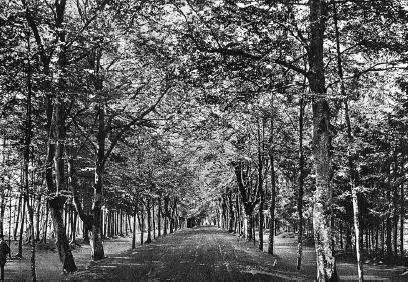
Deven Wood
There were scenes of desperation and despair throughout the town and the surrounding area. There were dead bodies all over the place—hanging in houses and streets and green spaces and floating wherever there was water. The oaks and copper beeches of Deven Wood, on the western edge of town, had always made it a popular destination for families and walkers. Now people were going there to poison themselves in the shade of the trees. It was the same at the other end of town, in the sparsely wooded slopes that bordered the cemetery. One man even went to the cemetery to shoot himself, while his wife and mother-in-law poisoned themselves in the same spot. A woman was found poisoned on the grass in a meadow. An elderly man was found dead on a motorboat by Drönnewitz Field. There were corpses drifting in the Tollense and the Peene, among the debris from the dynamited railway bridges; there were corpses in the tributaries, canals and ponds. Some people sought out the seclusion of their summerhouses outside the northern wall of the town, and hanged or shot themselves there. But those who didn’t throw themselves in the rivers mostly died in the familiar surroundings of their own homes.
A particularly striking aspect of the reports is the number of suicides involving children. Like the adults, these children were shot or drowned, hanged or poisoned, or bled to death from slit wrists—but with the exception of a few who were old enough to kill themselves, it was their mothers and fathers or sometimes their grandparents or other family members who slipped the noose round their necks, put the poison in their mouths or slashed their wrists. For those who died by drowning it must have taken enormous strength to drag their babies and children along with them and press them down under the water until they no longer felt any resistance. A six-week-old baby boy and three little girls, aged five, three and three months, died in the Peene, by the railway bridge. A young mother killed herself and her two children, aged three and four, in a canal. A woman from Tilsit killed her three sons in her flat before going on to kill herself.
Of almost two hundred nameless dead buried in Demmin’s cemetery, more than a third are young boys and girls and babies. There were, though, rare cases of survival. A mother who died after slitting her wrists was survived by her daughter. Another who was planning to drown herself and her four children was dragged away from the banks of the Tollense by her fifteen-year-old son.
• • •
Trapped in Demmin at the worst possible moment, Irene Bröker survived the first wave of Soviet troops on 30 April unharmed, but had no idea of the horrors she was yet to witness. There was no escape from the disaster that had befallen Demmin. When the fires and lootings and rapes began in the old town, women and girls came flocking to the house by the cemetery, but Soviet soldiers soon drove up in trucks, looking for them. Bröker had several lucky escapes from rape, saved by ruse, or the intervention of her companion Dr P. It was an uncertain time, she said.
Nobody knew what would happen next. We had no rights and nothing to bargain with. We heard no news. I slept in a different place every night.
Irene Bröker spent the nights in constantly changing hiding places to avoid assault. She slept in hedges of brambles and behind rabbit hutches, in a concrete trough in the attic, and in the shelter beneath the compost heap. During the day, she had two-year-old Holger too look after, so she never had the opportunity—or the courage—to leave the house by the cemetery, and saw nothing of what was going on in the streets and parks and rivers of Demmin. Then one day they were visited by the old Soviet soldier who had discovered them in their makeshift shelter. He took Dr P. with him, saying that he was needed for a special task. The doctor returned that evening with grim news:
Читать дальше
